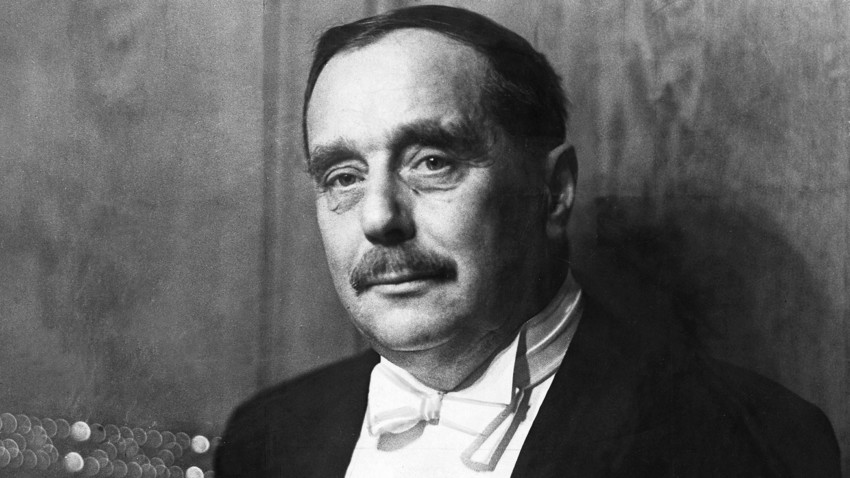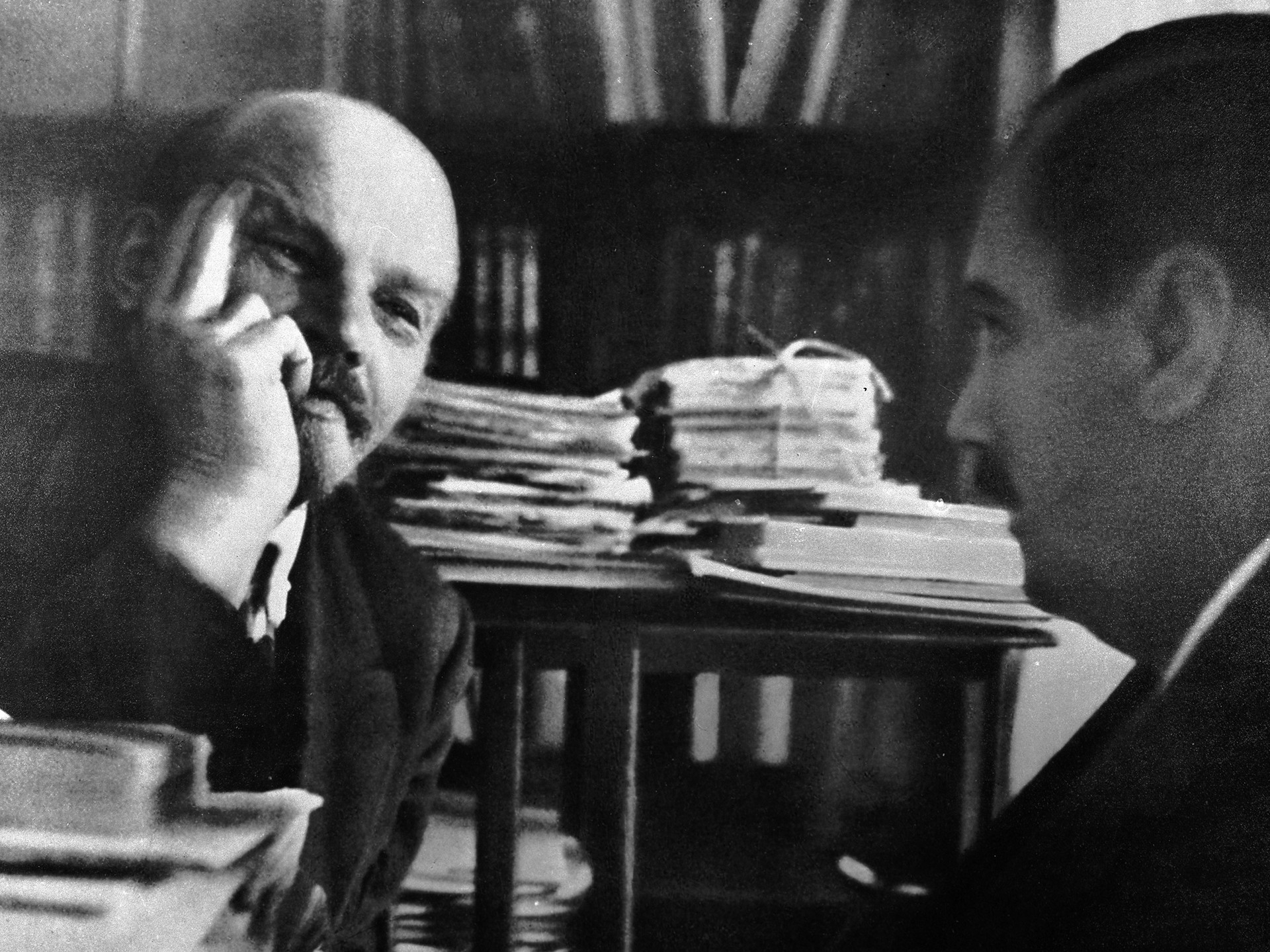
H.G. Wells visited Russia three times in the course of two decades
Getty ImagesWells met and interviewed Joseph Stalin in 1934 during the writer’s last visit to Moscow. Their conversation dramatically changed Wells’ perception of Stalin that had been previously formed under the influence of Leon Trotsky’s writings about the Soviet leader. In 1934, the two communist leaders were bitter enemies, and Trotsky harshly criticized Stalin from exile in Mexico.
“I confess that I approached Stalin with a certain amount of suspicion and prejudice. A picture had been built up in my mind of a very reserved and

"I have never met a man more candid, fair and honest," H.G. Wells confessed
SputnikThe `
Impressed by the results of the launch of Soviet industrialization, Wells also came to the conclusion that “under him Russia was not being merely tyrannized over and held down; it was being governed and it was getting on.” These impressions refer to the period preceding the Great Purges in 1937, which most often are associated with Stalin’s name.
Wells’ meeting with the first Soviet ruler, Vladimir Lenin, that was arranged by writer Maxim Gorky, followed a similar pattern. As the writer confessed, he was not fond of the Soviet state’s founder before seeing him personally in the autumn of 1920. “I was disposed to be hostile to him,” and “I had come expecting to struggle with a doctrinaire Marxist,” Wells wrote in Russia in the Shadows, an essay that resulted from that trip.

According to Wells, Lenin had a “pleasant, quick-changing, brownish face, with a lively smile "
Hemfreez/SputnikThe British writer “found nothing of that sort,” and he left a friendly description of the Soviet leader: Lenin had a “pleasant, quick-changing, brownish face, with a lively smile and a habit (due perhaps to some defect in focusing) of screwing up one eye as he pauses in his talk.”
The man did more than just surprise Wells or positively impress him – Lenin rehabilitated Communism in Wells’ mind. “In
There were others besides politicians with whom Wells met in Russia. In 1920, the writer became acquainted with the famous singer Feodor Chaliapin. He called him “certainly one of the most wonderful things in Russia at the present time… He is the Artist, defiant and magnificent.”

In 1920 Wells met both men that are in that picture from 1901: writer Maxim Gorky (sitting) and singer Feodor Chaliapin
Global Look PressWells mentioned that the artist’s performance fee was about 200,000 rubles, equivalent to about 15 pounds. The huge devastation that resulted from the Revolution and Civil War meant that the singer was sometimes paid with flour, eggs or the like. And even these goods were difficult to get at the time, but the singer received what he demanded because “Chaliapin on strike would leave too dismal a hole altogether in the theatrical world of Petersburg.”
Nevertheless, the hole happened two years later when Shalyapin, the first People’s Artist of the Soviet Republic, left Russia and never returned.
If using any of Russia Beyond's content, partly or in full, always provide an active hyperlink to the original material.
Subscribe
to our newsletter!
Get the week's best stories straight to your inbox